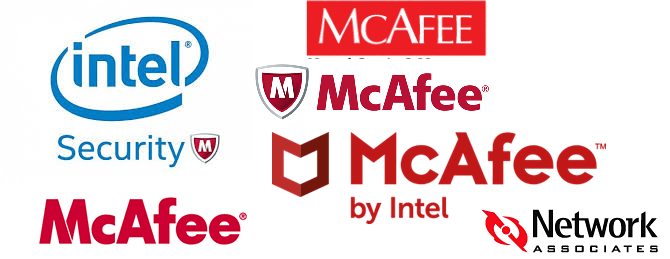It was an interesting contrast last week when I attended two conferences where one believed the concept of the “intelligent document” stops being intelligent as soon as you print it. Then at Xerox’s big announcement in 110 years, obviously, there was plenty of chatter about how these new smart multifunction printers can set the page free.
So, I asked Mike Feldman, Xerox’ President of North American operations – point blank – if the release of AltaLink and VersaLink could save the printed page.
This is what he said: “Printing has been on a slight decline, but it’s not falling off a cliff. There is a low single digit volume decline but I also see a content explosion and much more of that content is unstructured. Overall print is going down but the amount of volume produced is being printed. We’ve seen this in the past and as far as we are concerned information (content) rules the day. People want information and data in paper form at the end of the day. The type of device that gives them access to both forms is going to win out (VersaLink & AltaLink). We are going to increase market share and increase Xerox’ revenue trajectory. This will take a few years but we now have the right product in A3 and in A4 with these new MFPs wrapped around with apps. We work in an $85 billion market and we have $11 billion in revenue today. That’s 15 per cent share; there’s a lot of opportunity in front of us.”
But what about the argument that the “intelligent document” dies as soon as it is printed. Well, Feldman, I thought, had a pretty good answer to this.
He said: “Studies have shown the average document moves from digital to hard copy between eight to 11 times. People create things electronically and print it or make a copy for someone. Scan it to email. It’s moving back and forth so the document is not dead when it becomes paper. People can annotate, sign and scan it back to digital.”
The concept Xerox is pushing here is essentially “setting the page free,” Feldman added. Xerox is perfectly fine with people producing documents in digital form only. Xerox certainly is encouraging users to scan to digital and distribute it to smartphones. They also see an extension of printing occurring beyond paper such as on a ceramic coffee mug.
What’s important to Xerox is its offering the software and solutions along with the MFP that would help users publish digital documents that may never be printed onto paper; unless they need to.
Take a look at this funny video from Xerox featuring Brother Dominic.
What is clear with this strategy is that Xerox needs the channel more than ever. CDN has published these stories about Xerox’s channel push.
Xerox to expand its channel beyond MPS
Xerox makes its case to the digital workforce
They need the channel to deliver this message as well as create the supporting apps for this page free vision to come to fruition.
If anything, this strategy was validated by Xerox’s top competitor HP Inc. when the vendor confirmed it will release its latest A3 MFPs to 80 major markets, worldwide all through the channel. HP has partnered with more than 500 solution providers for this launch.
The channel to me is the battleground and I believe every single solution provider should be targeted if Xerox wants to be proven correct.
And, for those channel partners who do not have any print or imaging practice today, now have a real opportunity to at least cross-sell these smart MFP solutions or act as an agent to a managed print services solution provider.
Two quick hits before I go. My good friend Ken Presti has been named Director of the New IP Agency, a company that produces independent, multi-vendor testing with real-world data. Congrats Ken.
And, another friend Marcia Chapman was also named Director for Scottsdale, Ariz.-based InEight, a subsidiary of Kiewit focused on B2B software for industries such as building, infrastructure, mining, oil and gas, and utilities. Congrats to you too Marcia.





